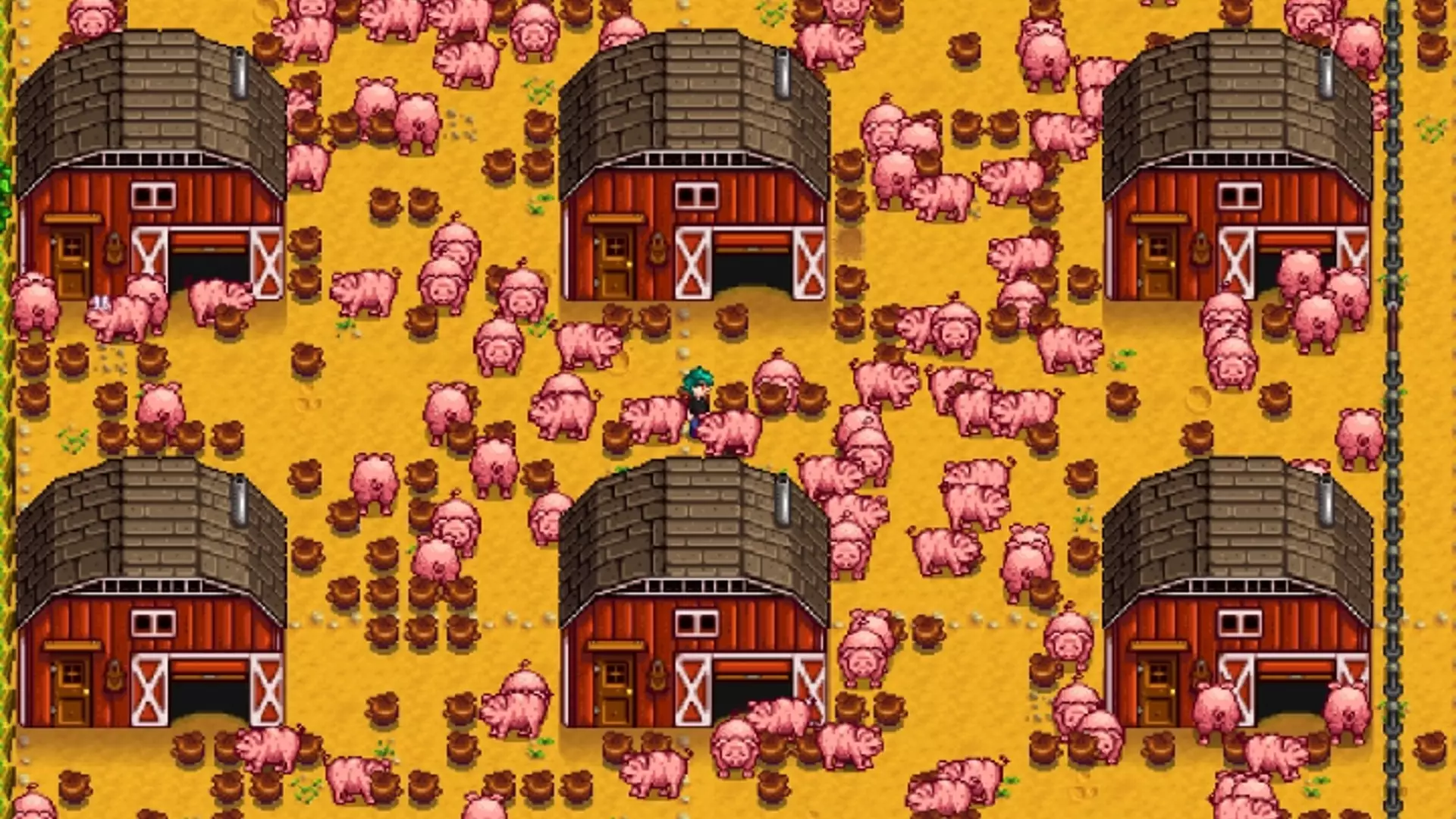In the vibrant world of Stardew Valley, players encounter a cast of characters that have won their hearts, but none more so than Pierre, the grumpy shopkeeper at the local general store. Despite the game’s overarching charm and heartfelt narratives, Pierre stands out as a figure of disdain among many fans. He’s been labeled the most-hated character in a game heralded for its delightful, quirky personalities. The seemingly insurmountable disdain for Pierre raises the question: what is it about this character that incites such intense reactions?
Pierre: A Misunderstood Character?
Eric Barone, the creative mind behind Stardew Valley, finds himself defending Pierre, claiming his notoriety as perhaps a misrepresentation of a character that is more layered than fans perceive. Barone’s assertion stems from the notion that Pierre, often viewed as self-serving or obnoxious, surprisingly contributes significantly to the game’s overarching themes of community and small-town resilience. He is portrayed as a typical hard-working father endeavoring to keep his business afloat against the faceless giant Joja Mart, which represents corporate greed and quick profits at the expense of community values. This dichotomy highlights a struggle that resonates with many real-world small business owners.
The Dilemma of Pierre
Yet, it is hard to overlook Pierre’s questionable behaviors that fuel the community’s disdain. His remarks during his daughter Abigail’s quest undeniably cross certain lines, and his secret stash—a hidden stash of goods away from his wife’s knowledge—exposes a disconcerting side of his character. These interactions create a mixed bag of feelings toward him, presenting players with a conflict between empathy and criticism. Additionally, his store’s closure every Wednesday—pegged as his most notorious sin—adds to the frustration of players trying to immerse themselves in a world where convenience meets escapism.
Seeking Nuance in Narrative
In a candid interview, Barone expressed regret about the black-and-white morality of the game, particularly in relation to the community center versus Joja Mart storyline. He acknowledges this binary opposition may lack the subtlety required to fully capture the complexities of human experience and community dynamics. The decision to favour one path over the other offers little room for grappling with the gray areas, a nuance that could elevate both Pierre’s character and the moral dilemmas players face. This creates a desire for depth, as fans yearn to explore characters that evolve, rather than those who simply embody good or evil.
Barone’s Vision for the Future
The conflict surrounding Pierre reflects a broader conversation regarding character development within gaming. Barone, through his reflections, signals a desire for future endeavors to create more multifaceted stories where characters like Pierre can thrive, not merely as antagonists or misguided figures, but as embodiments of the struggles many face. A character’s complexity, he suggests, could foster a deeper engagement, inviting players to feel both empathy and frustration—a reminder that humanity is not merely black and white, but an intricate tapestry of experiences.
As Stardew Valley continues to attract new players and retain its loyal fans, the legacy of Pierre—and the discourse surrounding him—will inevitably evolve, challenging perceptions of morality within the pixelated realm of Pelican Town. The question remains: can Pierre be redeemed in the eyes of the players, or will he forever be marked as the character no one seems to love?

